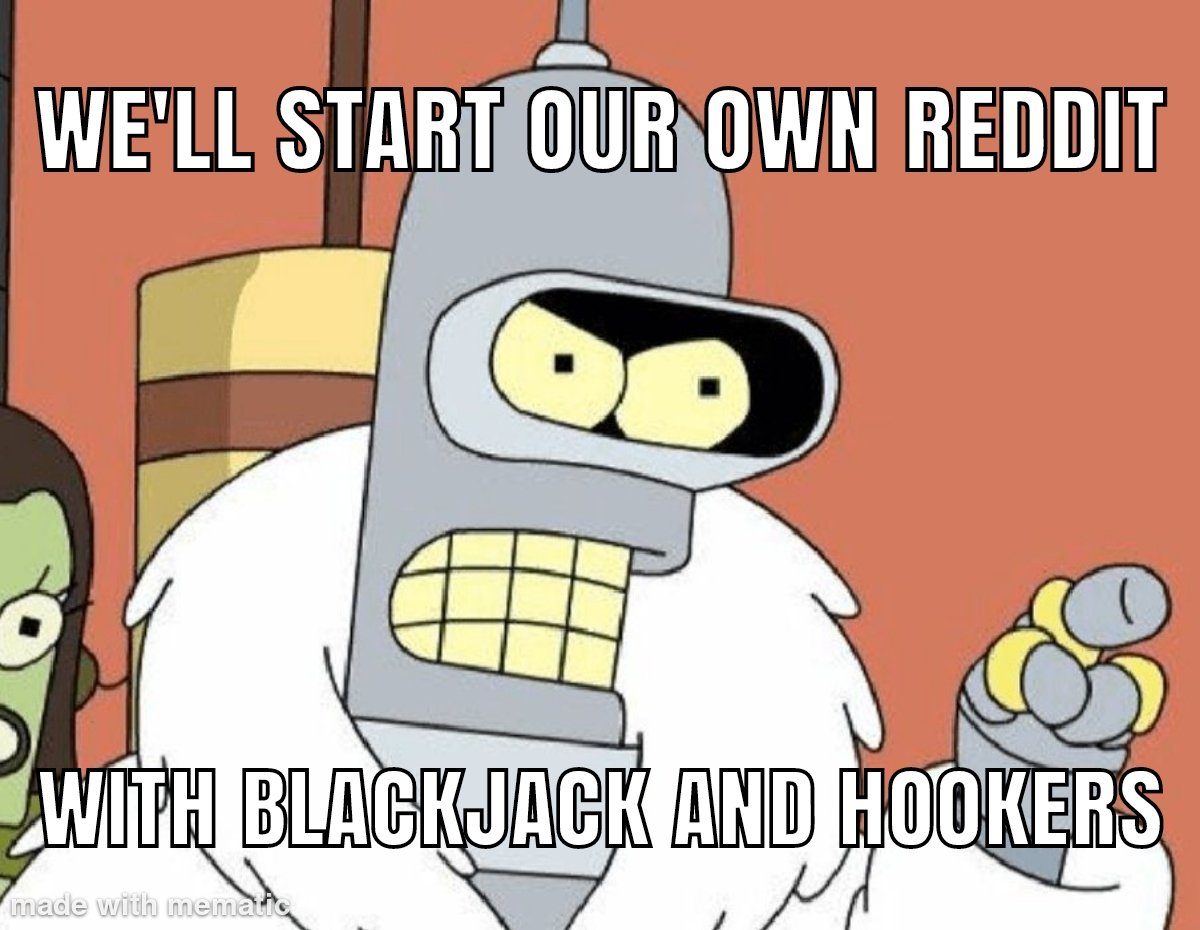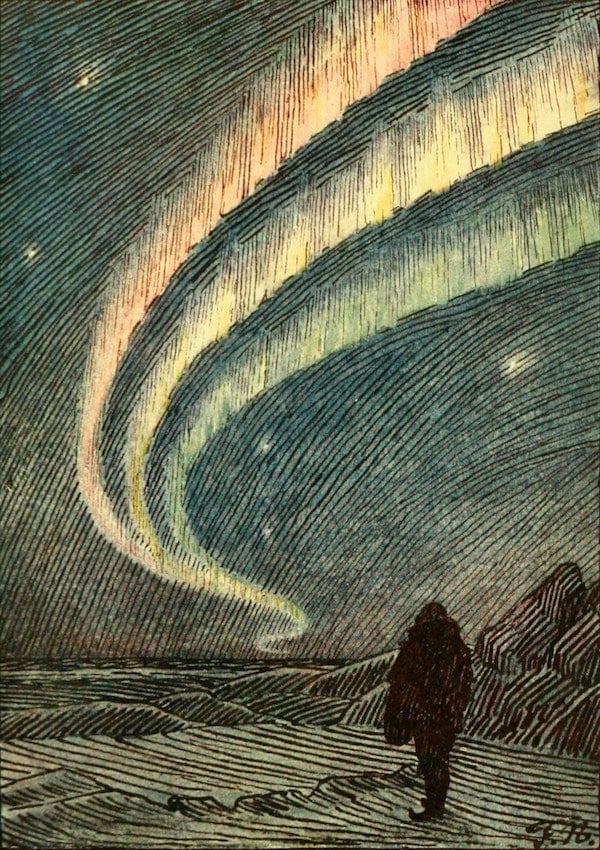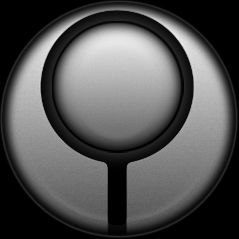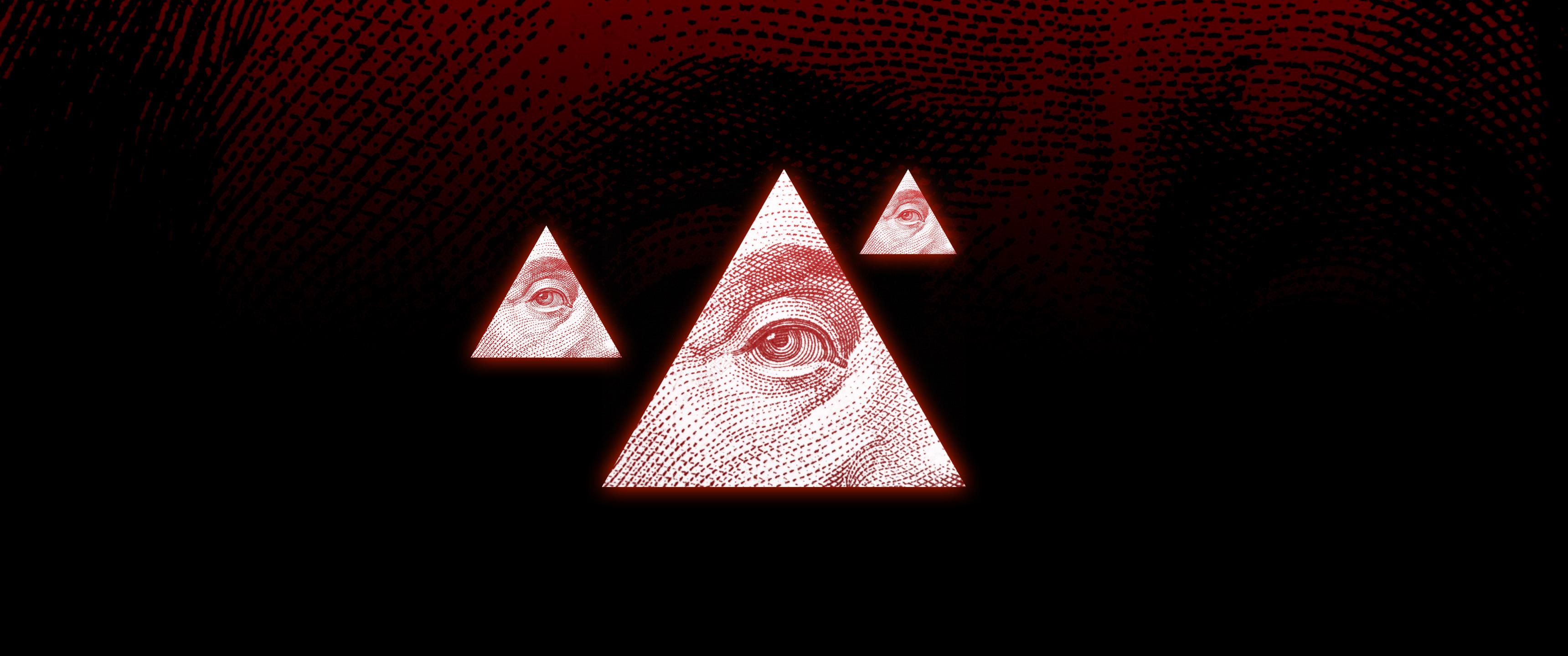- cross-posted to:
- mealtimevideos@lemmy.world
- cross-posted to:
- mealtimevideos@lemmy.world
Does nobody just microwave water?
Three reasons I can think of.
-
Americans don’t drink much tea. And soo…
-
Not many stores carry electric kettles.
-
Microwave tea.
deleted by creator
Uhhhhhh did you watch the video?
He goes to great lengths to point out that it isn’t an efficiency problem, and despite US residential standard outlets being 120VAC dedicated electric kettles are still the fastest way to boil water given other appliances (though induction cooktops are closing the gap).
The biggest reason dedicated electric kettles are not popular in the US is because we’re either boiling water for cooking some meal (pot is already on the stove so why bother with another appliance) or we’re making coffee. And the vast majority of coffee makers over here have the exact same circuitry and heating elements as an electric kettle. It’s just not standalone
Why don’t Americans use electric kettles?
Serves me right, I guess. I went by the thumbnail, remembered him talking about the difference in efficiency due to different voltages and took the wrong information to heart. So, I was wrong :D
-
Uh we do.
Yeah even with our slow, low wall-voltage, having a dedicated boiler is fucking nice. Takes up some counter space, but it’s worth it.
Cocoa, tea, coffee, whatever - it’s nice. And the vibe is nice.
Yep. I’ve got 2. One in the house for hot chocolate, and one in my woodshop for um, woodshop things.
I’m also a woodworker. What do you use a kettle for out there? Mixing your own shellac or wax or something?
I use an induction kettle on the induction stove top in Australia (240v).
I use them all the time! Unfortunately though our power system uses 120v and not 240v so our kettles aren’t as effective here. Still, MUCH more effective than boiling on the gas or electric stovetop/range.
Ironically it was after I spent time in Europe for work in the early 2000s that I picked up on this and bought one for my house. Now with my family of four, we use them regularly.
Edit - also Technology Connections (my favorite nerd out YouTube channel) did a video on this.
And I’m an absolute bonehead for missing that this is the same video as OP posted. Please forgive me for being excited as an American that uses kettles!
I’m curious since you guys still use 240V for washer, dryer, cooker, EV charger, etc. Could you legally install a 240V socket (with a different plug type) and use an appliance from a 240V country?
I get it would probably be overkill for a kettle alone but I’m curious why it’s only common for some things. Is it regulated, like do devices need a special approval to be allowed to run 240V in US?
Nope, it generally is not a good idea to try that. It might possibly work, but European power typically runs at 50hz (50 cycles per second) and the US is designed at 60hz. This small difference can mean that a European device would operate more quickly than designed. This is especially an issue with devices that have internal timers or motors.
Also, we have different plugs in the US for our 240v appliances, which would mean an interesting plug adapter situation.
So it could possibly work, or it could break the thing, or start a fire. Generally not for the faint of heart and definitely should consult an electrician.
Uhm your link points to the same video by Alec as the OPs link. Just saying :)
Ha, I totally missed that, thanks. I just got excited about the subject and didn’t watch the video.
Remember Brown is just Orange with context. (Which strangely now has a new context)
I do, buy metal not plastic.
Some do, but because of the prevalence of automatic coffee machines and microwaves there isn’t as much of a need outside specialty coffee drinkers.
The argument about speed and convenience doesn’t work in the US because of the outlet voltage as well. The 110-120v outlets don’t provide the same level of power to kettles so they can’t heat up as quickly. If you have a microwave it’s just as fast or faster.
He addresses this some. 120v is still a lot faster than boiling water on the stove. Coffee makers are significant, but boiling water in a microwave is generally a bad idea, given the risk of superheating (not that people don’t do it.)
I have never once (unintentionally) superheated water in a microwave, and I’ve been using them since about 1980 (and God knows we were idiots with them back then).
It just doesn’t happen - there are too many imperfections in our containers, and too many minerals for it to happen much.
I’ve experimented many times, and the reality is you have to work at superheating water in a microwave.
For me, it’s taken things like a brand new Pyrex measuring cup (glass), and filtered water. I can do it with other stuff, but I’ve had to boil/cool it multiple times, something that isn’t really going to happen.
Huh. I have. Didn’t know what it was, but heated the water, dropped in a spoon and it boiled over aggressively even though it didn’t look like it was boiling.
We do use a kettle, this happened at work - the microwave there was a lot stronger than mine, and I couldn’t get the water to look like it was boiling.
He goes into it in another video on the channel. Almost everyone I know uses a microwave for water.
Voltage isn’t equal to the level of power though, a 110v can provide the same power as 240v. I think tea drinking just isn’t as popular in the US.
It’s not, but you need over twice the current to supply the same power, and since many safety measures and physical constraints limit the current, it effectively means the power limit is more strict.
This is assuming the same cables and breakers etc being used for both voltage ratings. I know there are specific wiring and connection systems for high amperage stuff in 110v places (probably for some 220-240v places too, but I’m in a place with notoriously bad electrical everything, fuck if I know)
Makes sense, I think you’re right and that the wattage still ends up being lower overall in the US.
120v vs 220v
Also tea, as in tea time. Americans don’t have this custom, so it’s not a big driver.
That’s a contributing factor on the comparative desirability of an electric kettle here vs there, but I think the more significant part boils down to familiarity and need. Most Americans just don’t drink tea/cocoa/instant-coffee regularly enough want a separate appliance for it. And if the boiling is for cooking, most folk would just boil the water in the pot they will be cooking in, and probably with the lid off because we are lazy like that; time and energy efficiency be damned.
Yes the preference for coffee over tea is very strong and a lot of people do t drink either.
Another factor is the coffee maker use. Personally I think they’re pointlessly limited machines and they get nasty quick. But people love them for some reason.
I’d love it if someone would market a 240V kettle for the US. I’d install the 240 line for it. I mean I use the damn thing multiple times per day, more than my stove, and that has a 240 line.
Still. I’m not convinced it would make a major difference. Like I said I have a 240V induction stove and I have experimented with how fast I can boil water on that thing in a suitable pot or kettle, versus the 120V electric kettle. It is not a big difference. We’re taking a few seconds.
In the winter months when we’re drinking lots and lots of warm beverages we plug in the Zojirushi hot water carafe and have hot water all the time, instantly. It does consume some energy to keep it hot all the time, but it’s well insulated and we use a timer to turn it off at night and then on again in time for morning wake-up. Eliminates the wait entirely.
You should look into getting a hot/cold water dispenser for your sink. Easy to DIY install.
They consume ~40w per hour. Where I live it is 15 cents per kwh. That’s .006 per hour, .15 per day, or 55 dollars per year.
Instant hot/cold water whenever you want it is nice.
Starting from room temperature water to near boiling takes a ton of energy. I don’t know if keeping it hot for 8 hours takes more electricity than starting it back up in the morning.
But you’re probably paying half the $55 in electricity right now for the Zojirushi.
Id pay $25 dollars a year to have instant hot and cold water (even filtered if you wanted) on tap 24/7. Especially if I were like you and used it multiple times a day.
You only need a 120v outlet.
You make an interesting case. I haven’t seen one of those that I liked. Just the nasty ones from the 80s that were always crusted over with scale. We do have to descale the Zojirushi often.
Starting from room temperature water to near boiling takes a ton of energy. I don’t know if keeping it hot for 8 hours takes more electricity than starting it back up in the morning.
This made me think.
It seems like it would be a wash in the end. The Zojirushi is insulated, so it stays pretty hot even in the 8 hours it’s turned off overnight. But let’s imagine it is losing a certain amount of heat called “x” per hour.
In the morning I’d have to spend 8x to get it back up to temperature. But it still loses heat even when it’s turned on. So I’m already spending the same x every hour just to keep it on.
Now let’s imagine that the insulation loses x per hour but 4 hours is enough to leak all the heat out. Okay, I’ve lost 4x. But I would have spent 8x to keep it on all night.
So it seems like it can only be a gain to turn it off for certain spells. And that is intuitively obvious, too: turning something off should save energy.
I’m American and I use one. It’s great.
Got into French press coffee a few years ago and bought one.
Same. I bought the kettle for tea but I’m not really big on tea. I’ve used it to make big batches for beer brewing, but not a lot for individual cups of tea. Now I have the French press and use it daily.
Same here. Got it for French press coffee for me and hot cocoa for the kids.
Realistically I rarely use it and I really can’t claim it saves noticeable time but it’s so simple and and cheap an appliance that i consider it well worth it
We do? I’ve had one for over a decade
Use it all the time, but rarely for tea. Boiling a few eggs last night. Half the water in the electric kettle, half in the pot on high, join half way through to speed up the process. Making ramen, kettle. There is always some reason I find it useful.
Now coffee drinkers than tea
Australian looking bewildered with their kettle and microwave I like making a cup of tea while I reheat my lunch.
Do Americans have multiple microwaves?
I’m an American, and yes, I have two.
One of them is a cheap $30 one we bought when we moved in and needed to heat meals from frozen because we didn’t have pots and pans yet, and it’s now in its box in the storage closet as a backup in case our good microwave breaks, but I do have two
The niche coffee scene in the US uses them, they are excellent for pour overs, French press, etc. But they are not widely popular since dedicated coffee machines are most commonly used.
For anyone concerned about the quantity of plastics you consume, coffeemakers have a lot of plastic but kettles do not.
My electric kettle has plastic parts. Also my pour over funnels are plastic. This is not a meaningful distinction between the two.
Maybe I was looking at the bougie ones then.
My kettle is glass and stainless, and everyone I noticed was either glass or stainless. Plastic is only on. The outside: lid and base, and you’re not drinking out of those
My pour over funnel is silicone. Like plastic but different. Assuming it’s food grade, less likely to be harmful
I think it’s fair to say that kettles and funnels can be found in non-plastic materials. And I have to admit I’ve never seen an”coffee maker” that wasn’t plastic. I suppose a restaurant grade Bunn machine has a stainless steel basket and a glass carafe, but there isn’t anything for the home. Unless someone is about to tell me I’m wrong, which, this being Reddit, someone probably is.
Mainly lack of marketing I think. When I went to England a few years ago they were everywhere. I bought one as soon as I got home. Fantastic invention!
Because we have microwaves.










